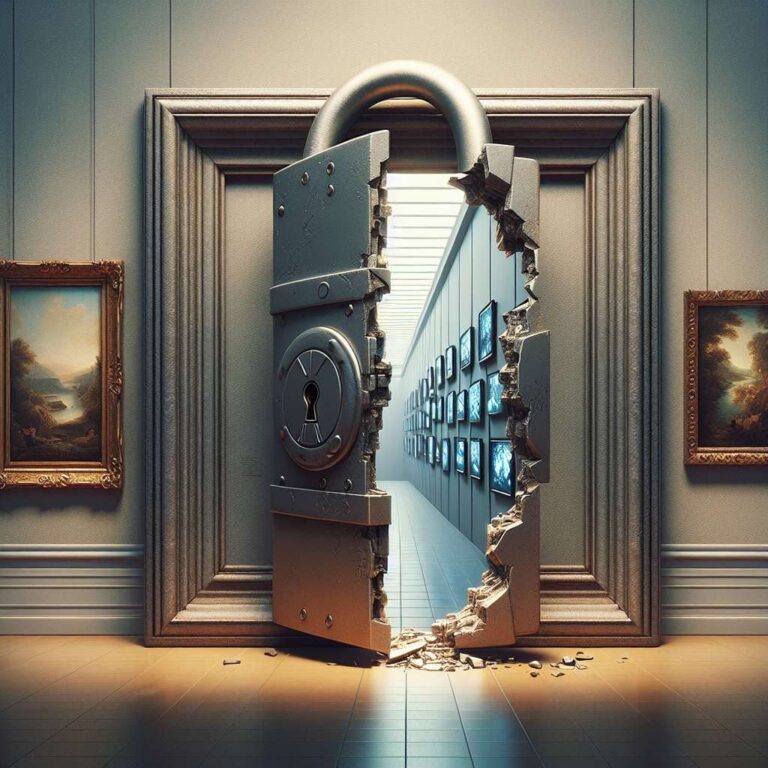A breakthrough called LightShed is making waves in the ongoing struggle between digital artists and artificial intelligence developers, exposing critical weaknesses in protective tactics used to guard art from unauthorized data scraping. Tools such as Glaze and Nightshade had allowed artists to ´poison´ images, subtly altering them so they would appear distorted to artificial intelligence model scrapers without obvious changes to human viewers. LightShed, however, can now identify and neutralize this protective ´poison´, stripping away security layers and leaving art vulnerable for use in training artificial intelligence models.
The researchers behind LightShed emphasize that their intention is not to further enable art theft, but to alert the artistic community about overstated confidence in existing safeguards. Their intervention highlights the ongoing technological arms race, forcing artists to reevaluate strategies as adversaries continue to innovate. The legal and technological wrangling underscores the complex cultural dynamics at play, extending far beyond programming and into questions of authorship, fair use, and the rights of creators in the age of artificial intelligence.
Parallel to these technical shifts, the US political landscape is also seeing significant change. Recent legislative actions saw the defeat of a proposed decade-long moratorium on state-level artificial intelligence regulations, a sign that bipartisan interest in regulating artificial intelligence is mounting. The formation of broader, more diverse coalitions in favor of such oversight reflects growing concern over unregulated artificial intelligence risks. As lawmakers move past years of hesitation, the debate is poised to intensify, shaping the regulatory future for emerging technologies.
Broader trends in the technology sector include China´s dominant investment in renewable energy and advanced storage systems, Apple’s efforts to revive vision-based hardware, and OpenAI´s reported move to build its own web browser. Meanwhile, challenges such as large-scale data leaks from hiring chatbots, the spread of synthetic child sexual abuse material, and fears about losing digital history all illustrate the complex web of innovation, risk, and cultural impact that continues to define the intersection of artificial intelligence and society.

